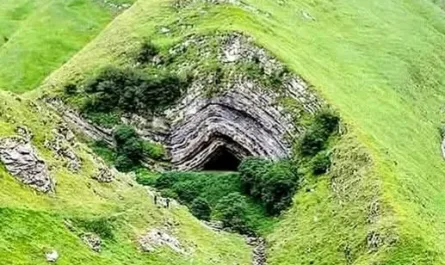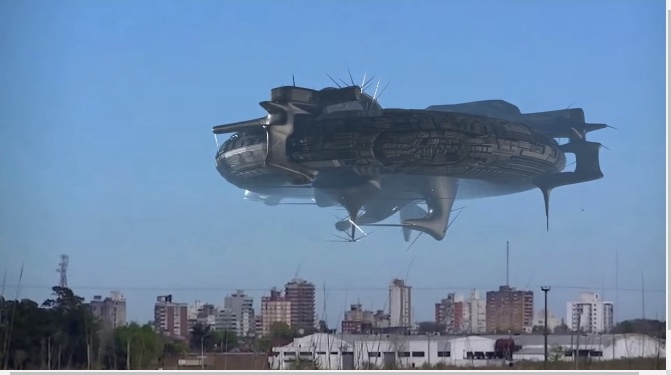Imagine standing in the same spot, looking at the same ancient structure, but separated by over a century of time. What stories would the stones tell? How would the relentless march of nature have reshaped what once was? A striking composite photograph, showing a rock-cut site in 1901 and then again in 2018, offers a profound answer, serving as a powerful visual testament to the passage of time and the enduring, yet delicate, nature of our shared heritage.

In the top half of the image, labeled “1901,” we see the site in what appears to be a remarkable state of preservation. The entrances, meticulously carved into the rock face, boast sharp, defined lines, and the interior walls seem remarkably smooth. The architectural details, perhaps even remnants of ancient artistry, are more pronounced. A lone figure, dressed in the attire of the early 20th century, stands sentinel before one of the openings, providing not just a sense of scale, but also a poignant connection to a bygone era when this site was perhaps less explored, less impacted. The atmosphere captured feels almost untouched, a direct window into the past.
Fast forward to the bottom half of the image, marked “2018,” and the narrative shifts. While the fundamental form and layout of the rock-cut chambers remain undeniably recognizable, the effects of over 117 years of exposure are starkly evident. The once crisp edges of the doorways and supporting pillars have softened, worn down by the ceaseless work of wind, rain, and temperature fluctuations. The surfaces of the walls and ceilings, once smoother, now reveal greater erosion, with textures that speak of countless cycles of weathering. The subtle details that were clearer in 1901 have faded, a testament to the slow, persistent wear of natural forces. The overall color palette might also appear subtly altered, perhaps reflecting changes in mineral leaching or the accumulation of biological growth over decades.
This side-by-side comparison is more than just a visual curiosity; it’s a profound lesson in the fragility of even the most robust historical structures. Carved from solid rock, these ancient sites often convey an illusion of permanence. Yet, this photograph reminds us that even stone yields to the relentless, microscopic work of nature. It highlights the critical importance of preservation efforts. Without ongoing conservation, monitoring, and protective measures, even seemingly indestructible monuments will gradually surrender to the elements, their intricate details and the stories they hold slowly eroding into oblivion.
Beyond preservation, this image underscores the vital role of archaeological and historical study. Each lost detail, each softened edge, is a piece of information that becomes harder to decipher. By studying these sites, documenting their current state, and comparing them to historical records, we gain a deeper understanding of human history, ancient civilizations, and the environmental forces that shape our world.
The “1901 vs. 2018” rock-cut site is a powerful, silent witness to the passage of time. It’s a poignant reminder that while our ancient heritage can endure for centuries, it is by no means immune to change. It implores us to cherish, protect, and learn from these irreplaceable links to our past, ensuring that future generations can also marvel at the whispers of a century, and many more, etched into stone.





